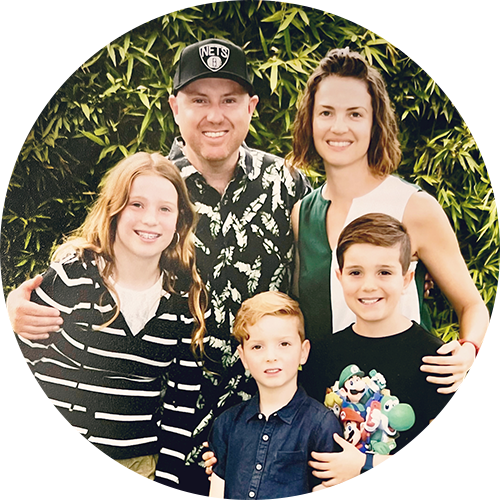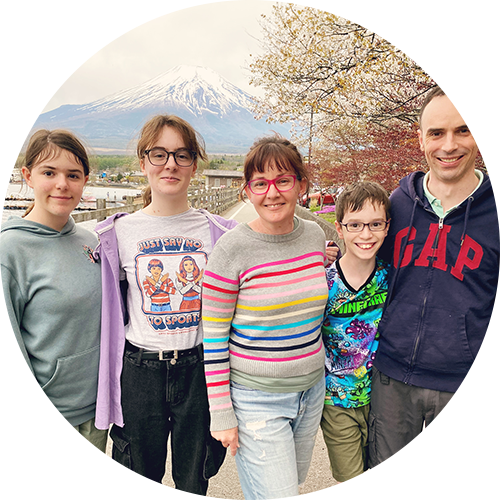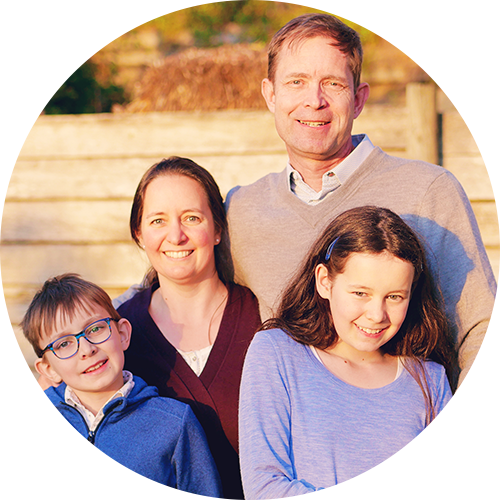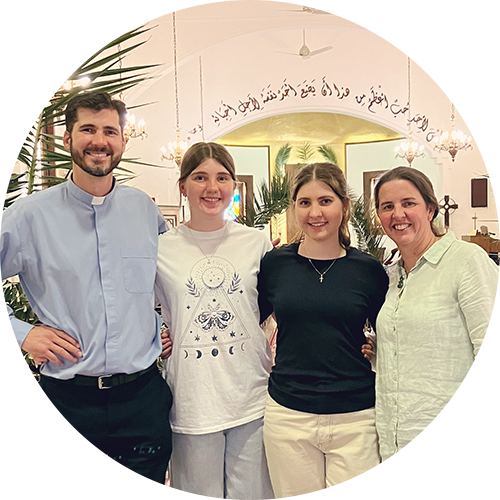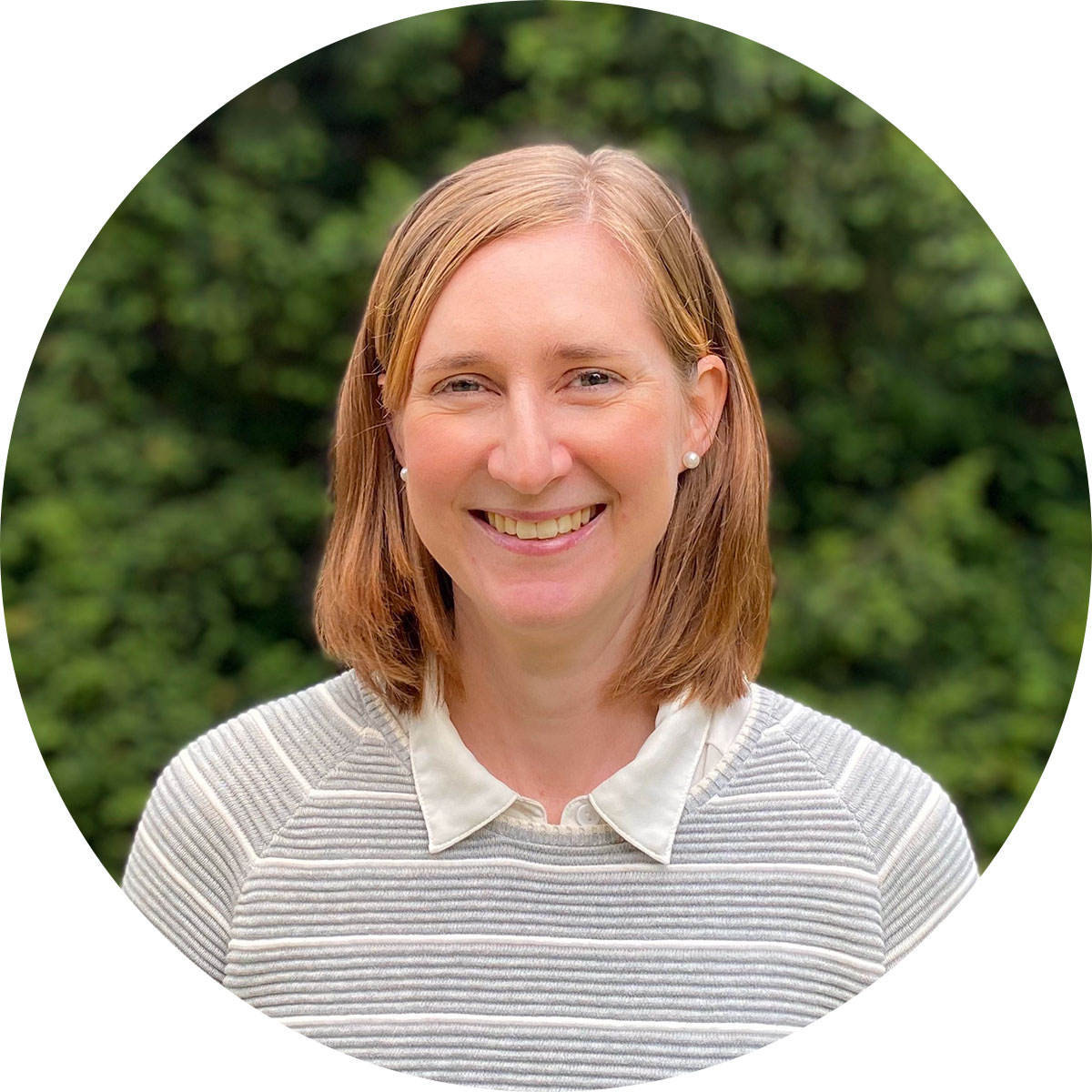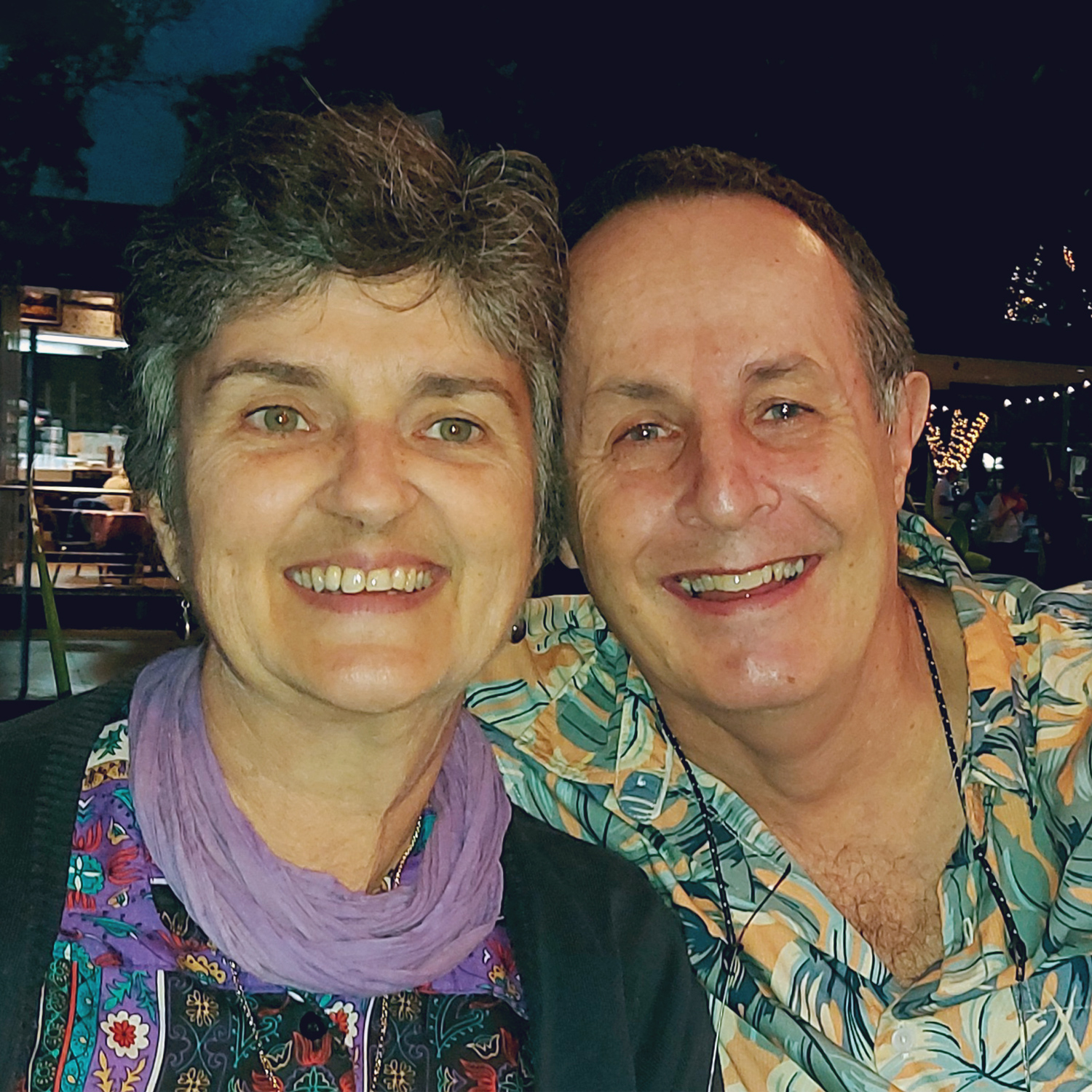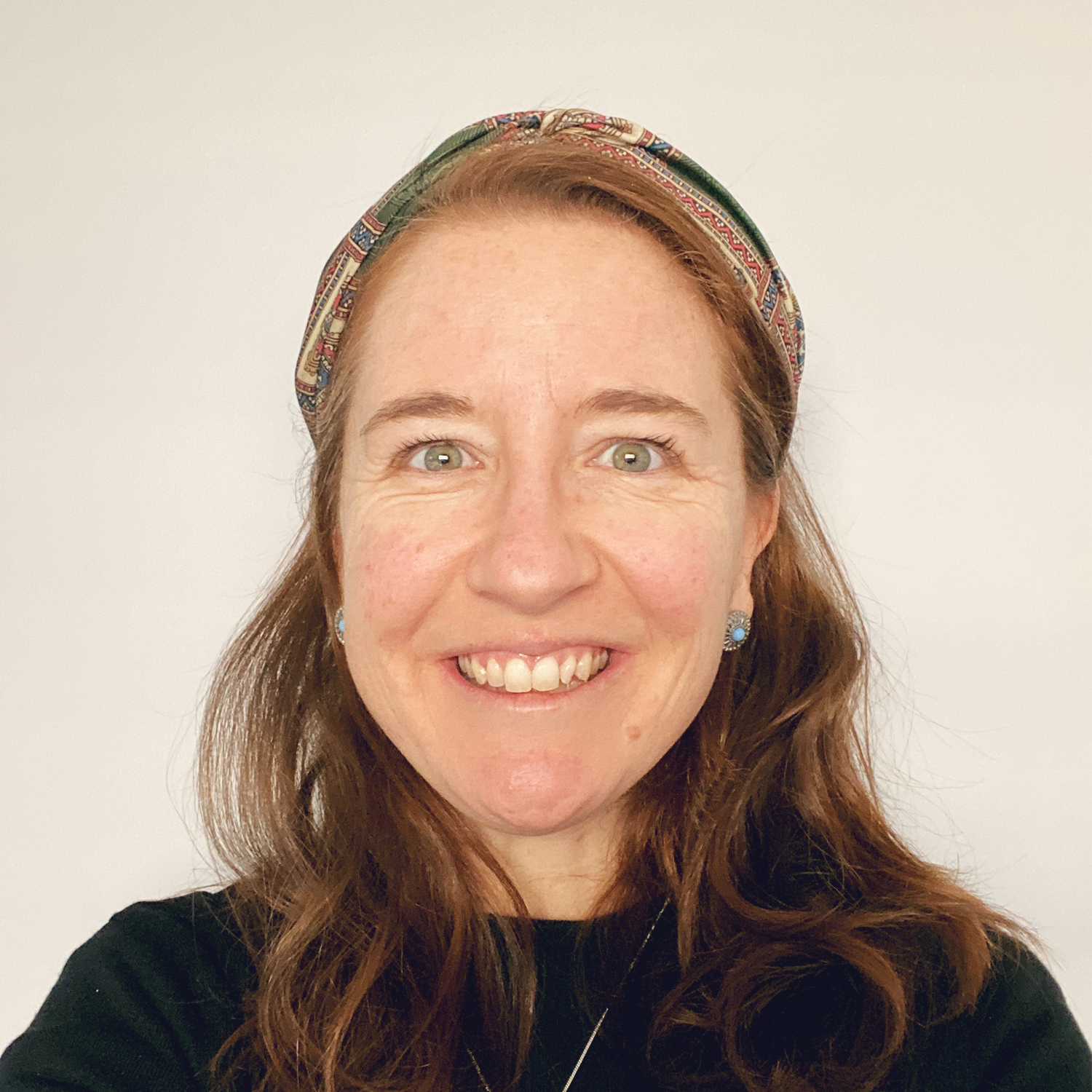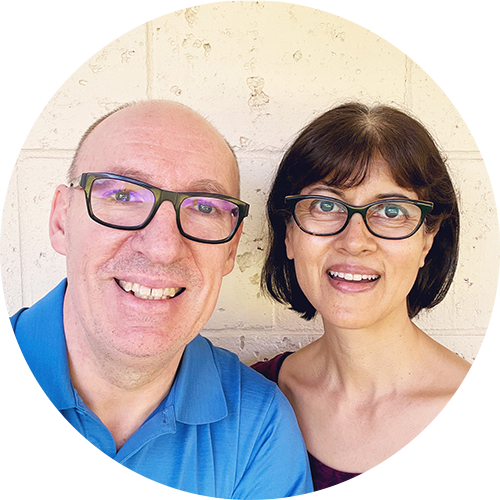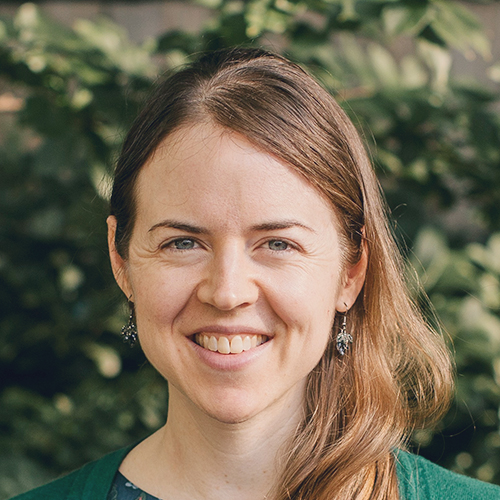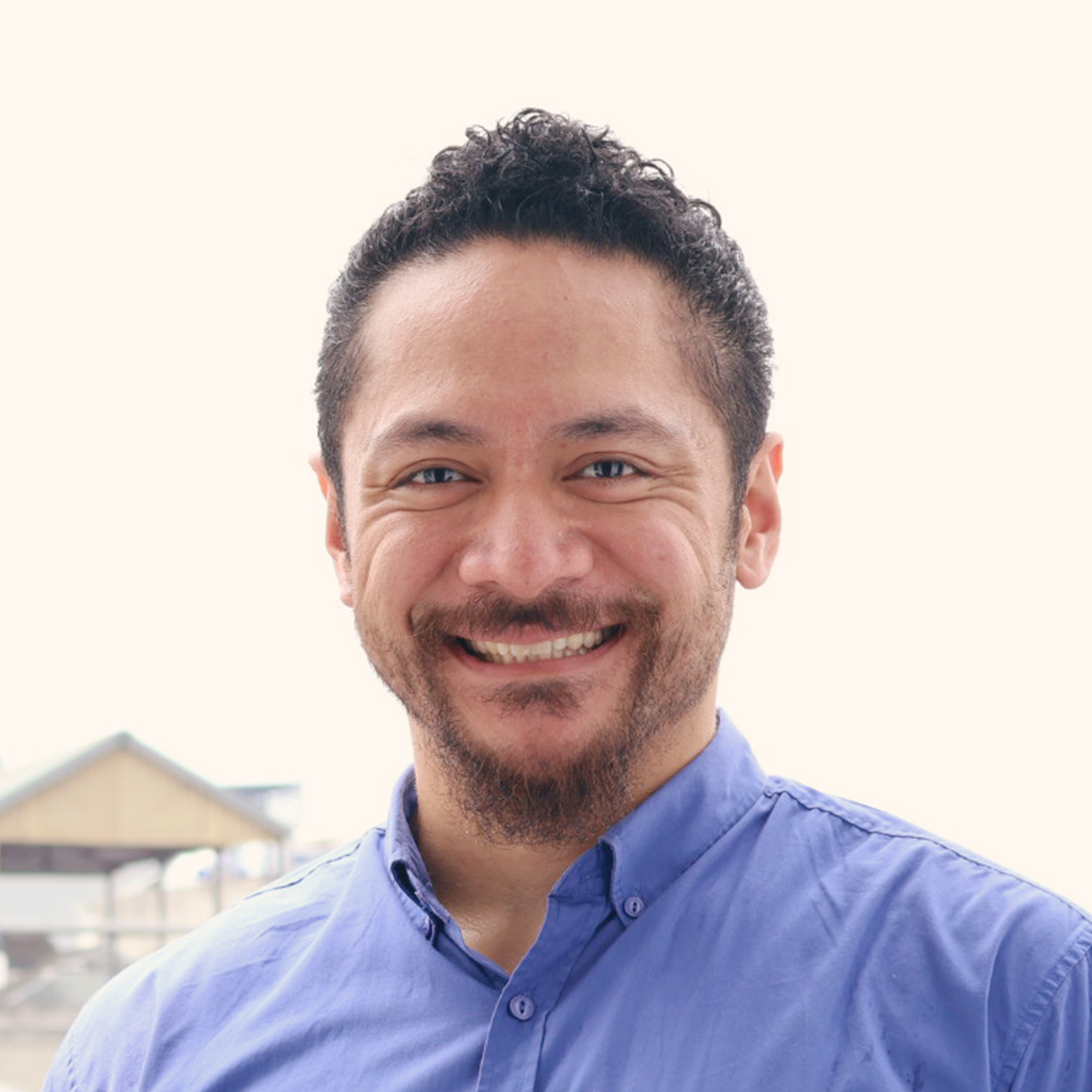Disciple Making Movements Part 1: Setting the Scene
David Williams is the CMS Director of Training and Development at St Andrew’s Hall. He, like all in CMS, wants to see a world that knows Jesus. In this first of a series of five articles, he begins to consider a range of ‘Disciple Making Movements’ that share a similar aim. Article two is here. Article three is here. Article four is here. Article five is here.
This article is the first in a series that will explore the world of ‘Disciple Making Movements’ or DMMs. The first article will introduce DMMs, outline the backstory and identify some key themes. In subsequent articles we will learn more about DMM approaches and listen to current critiques. We will conclude by exploring some cultural assumptions within the Western worldview that influence DMMs, and will help us to assess DMM thinking.
Key terms and definitions of the ‘Disciple Making Movement’
Let’s begin by exploring key terms and looking at some definitions. Disciple Making Movement terminology is an iteration of Church Planting Movement (CPM) language, with some books using CPM and DMM language almost interchangeably. While CPM language was widely used in the earlier years of the 21st century, more recently DMM language has become mainstream.
Daniel Sinclair introduces DMMs with definitions and characteristics gathered from key authors:[1]
- A rapid multiplication of indigenous churches planting churches that sweeps through a people group or population segment.[2]
- The multiplication of ‘disciples making disciples’ and ‘leaders developing leaders’ that results in indigenous churches planting churches. These churches begin to spread quickly through a people group or population segment.[3]
- Disciple Making Movements spread the gospel by making disciples who learn to obey the Word of God and quickly make other disciples, who then repeat the process.[4]
Notice that in each of these definitions, there is an emphasis on scope and speed. CPMs and DMMs aim to reach as many people as possible as quickly as possible. Sinclair goes on to explain that “there are other specific methods out there with other names that still more or less belong in the CPM/DMM family,” referencing approaches such as 4Fields, T4T and Zume. [5], [6] These are ministry strategies that many CMS gospel workers in secure contexts will be familiar with. The promise of CPM/DMM models is huge gospel growth. We are invited to return to the first years of the early church, as its growth is described in the Acts of the Apostles.[7] This promise is supported by accounts of rapid multiplication of small churches and cells of believers, for example in Asia,[8] North India,[9] and across the Muslim world.[10]
CPM/DMM approaches to mission stand in a tradition of Protestant missiology that trace its roots back to Roland Allen, sharing the same frustration that Allen himself experienced. A British missionary in China at the end of the 19th century, Allen critiqued the ‘mission compound’ approach to outreach. This approach was based on inviting the surrounding community to come into the mission compound, to benefit from health and education ministries and to hear the gospel. In Allen’s experience, and causing him great frustration, this seemed to produce only a slow trickle of converts. Allen re-read his New Testament, seeking an alternative missiological method. He observed the way that the Apostle Paul moved on from newly established churches quickly, entrusting them to relatively recently converted leaders. This led to Allen’s classic works that sought to take mission back to its New Testament roots.[11]
Roland Allen had little impact on mission in his own lifetime. He was discovered around ten years after his death by Donald McGavran, who was grappling with the same frustration of slow growth that Allen had experienced. McGavran was a social scientist by training. He began an extensive and enormously impressive social survey of the factors that impede and enable rapid gospel growth. His conviction was that the growth of the church stands at the heart of the missionary enterprise; and that if church growth is fundamentally important to mission, we should not be ashamed to measure it. McGavran’s work led to the church growth movement and the articulation of the homogenous unit principle.[12] He was the founding dean of the School of Mission at Fuller Theological Seminary and a towering figure in 20th century missiology.
CPM and DMM missiology stands in the same tradition as the work of Allen and McGavran. It is driven by the passionate desire to see many people—hundreds of thousands, tens of millions—come to faith in the Lord Jesus Christ. It is frustrated by approaches to evangelistic outreach that seem to bring only tiny numbers of people into the Kingdom of God. Like McGavran and the church growth movement, CPM/DMM missiology is field-driven and practitioner led. By this I mean that CPM/DMM thinking does not begin in the seminary but in many locations around the world where on-field gospel workers have pioneered new approaches. Like McGavran they tend to be pragmatic, articulating mission strategy and tactics first and subsequently developing a theological rationale. We will explore those approaches more fully in the next article. For now, remember the emphasis we’ve seen on speed and scope—they sit at the heart of the CPM/DMM mindset.
References Cited:
Allen, Roland. Missionary Methods: St Paul’s or Ours? Grand Rapids, MI: Eerdmans, 1962.
———. The Spontaneous Expansion of the Church and the Causes Which Hinder It. 1st American ed. Grand Rapids, MI: Eerdmans, 1962.
Garrison, David. Church Planting Movements: How God Is Redeeming a Lost World. Monument, CO: WIGtake Resources, 2004.
———. A Wind in the House of Islam: How God Is Drawing Muslims around the World to Faith in Jesus Christ. Monument, CO: Wigtake Resources, 2014.
John, Victor. Bhojpuri Breakthrough: A Movement That Keeps Multiplying. Monument, CO: Wigtake Resources, 2019.
McGavran, Donald A. The Bridges of God: A Study in the Strategy of Missions. London: World Dominion Press, 1955.
———. Understanding Church Growth. 3rd ed. Grand Rapids, MI: Eerdmans, 1990.
Parks, Stan, and Dave Coles. 24:14: A Testimony to All Peoples. Spring, TX: Self-published, 2018.
Sinclair, Daniel. Mission Possible: Defining and Empowering Your Ministry among the Unreached. Blackie, AB: MOF Publishing, 2021.
Smith, Steve, and Ying Kai. T4t: A Discipleship Re-Revolution: The Story Behind the World’s Fastest Growing Church Planting Movement and How It Can Happen in Your Community. Monument, CO: Wigtake Resources, 2011.
Trousdale, Jerry. Miraculous Movements: How Many Hundreds of Thousands of Muslims Are Falling in Love with Jesus. Nashville, TN: Thomas Nelson, 2012.
[1]Daniel Sinclair, Mission Possible: Defining and Empowering your Ministry among the Unreached (Blackie, AB: MOF Publishing, 2021), 54.
[2]David Garrison, Church Planting Movements: How God is Redeeming a Lost World (Monument, CO: WIGtake Resources, 2004).
[3]Stan Parks and Dave Coles, 24:14: A Testimony to All Peoples (Spring, TX: Self-published, 2018).
[4] Jerry Trousdale, Miraculous Movements: How Many Hundreds of Thousands of Muslims are Falling in Love with Jesus (Nashville, TN: Thomas Nelson, 2012).
[5]Sinclair, Mission Possible: Defining and Empowering your Ministry among the Unreached, 55.
[6] See https://www.4fields.net/ , https://www.t4tglobal.org/ and https://zume.training/.
[7] See for example Steve Smith and Ying Kai, T4T: A Discipleship Re-Revolution: The Story Behind the World’s Fastest Growing Church Planting Movement and How it Can Happen in Your Community (Monument, CO: Wigtake Resources, 2011), chapter 2, entitled “It’s happening again!”.
[8] Smith and Kai, T4T: A Discipleship Re-Revolution: The Story Behind the World’s Fastest Growing Church Planting Movement and How it Can Happen in Your Community.
[9] Victor John, Bhojpuri Breakthrough: A Movement that Keeps Multiplying (Monument, CO: Wigtake Resources, 2019).
[10] David Garrison, A Wind In The House Of Islam: How God Is Drawing Muslims Around The World To Faith In Jesus Christ (Monument, CO: Wigtake Resources, 2014).
[11] Roland Allen, Missionary Methods: St Paul’s or Ours? (Grand Rapids, MI: Eerdmans, 1962); Roland Allen, The spontaneous expansion of the church and the causes which hinder it, 1st American ed. (Grand Rapids, MI: Eerdmans, 1962).
[12] Donald A. McGavran, The bridges of God: a study in the strategy of missions (London: World Dominion Press, 1955); Donald A. McGavran, Understanding Church Growth, 3rd ed. (Grand Rapids, MI: Eerdmans, 1990).





















